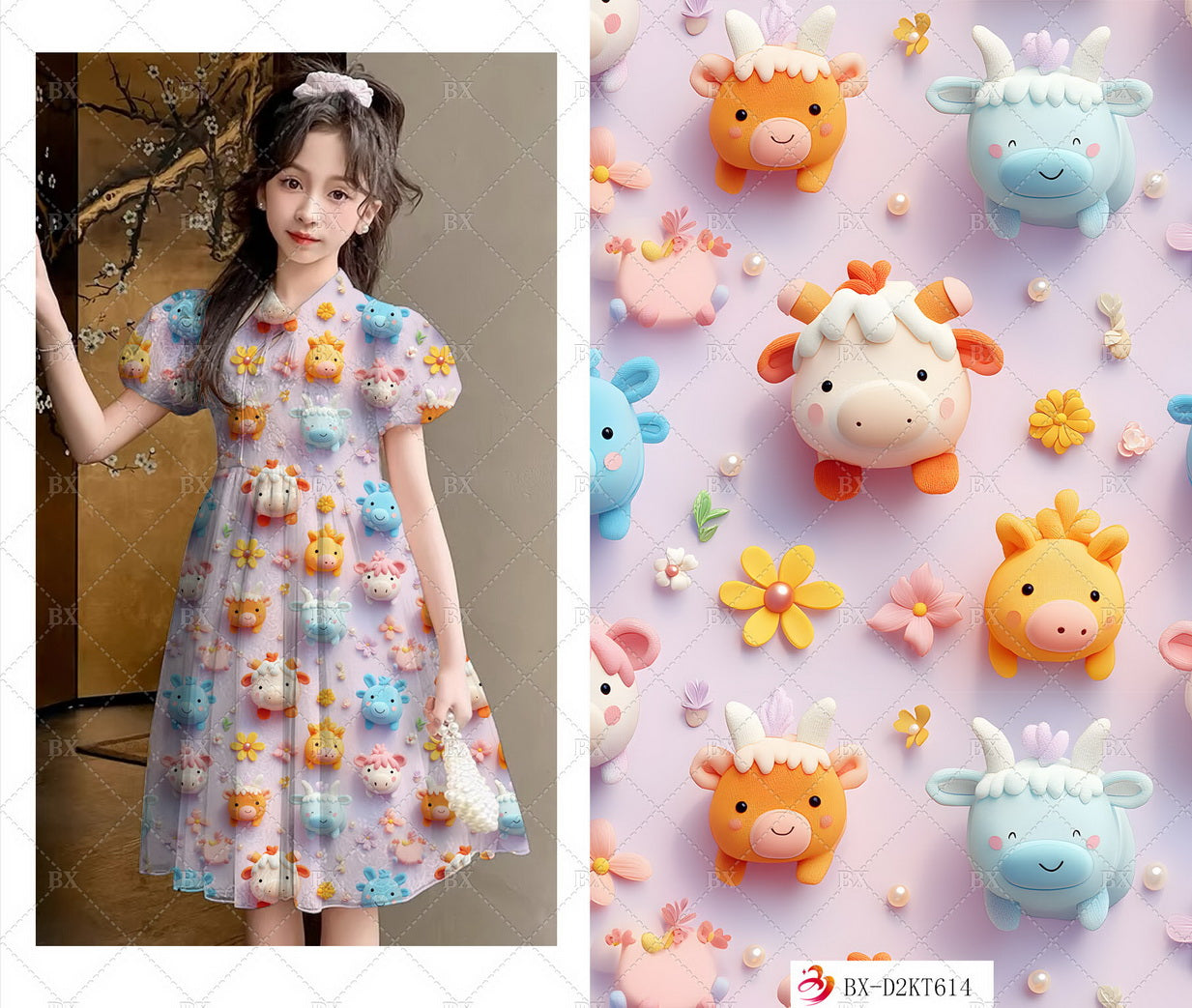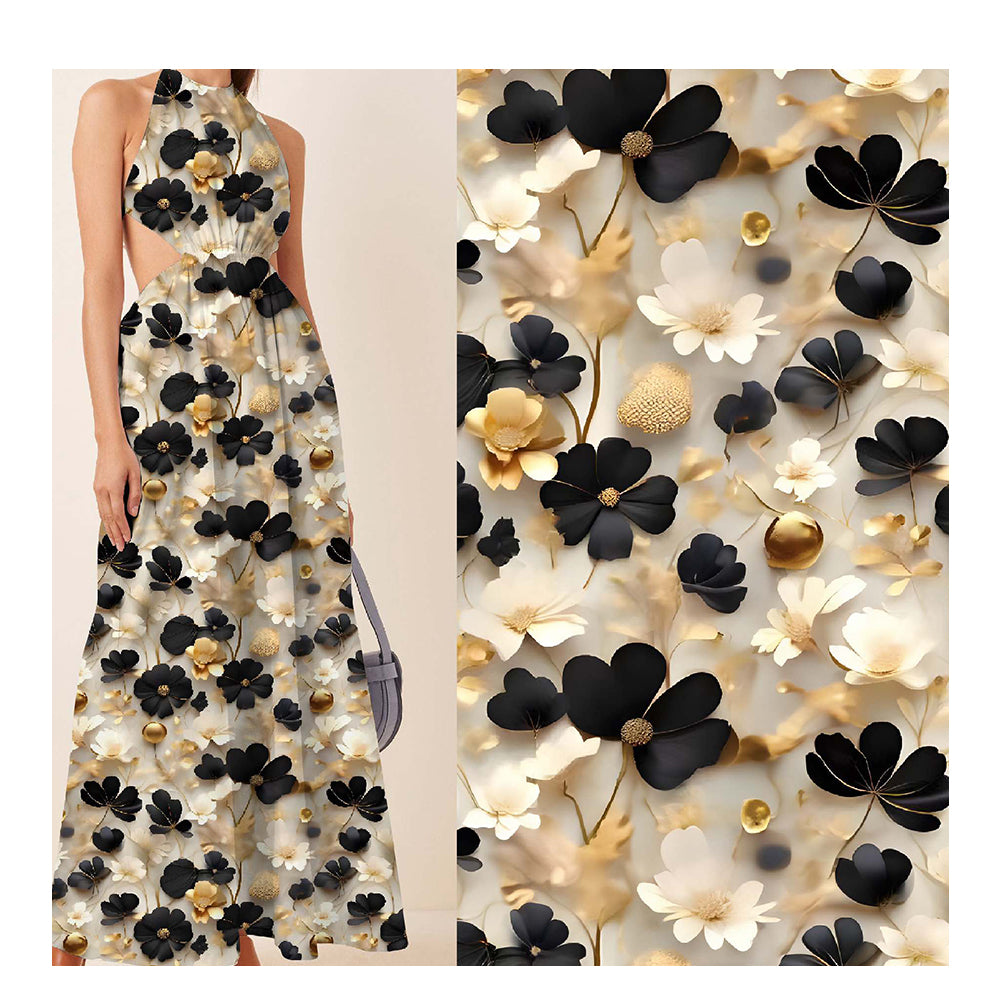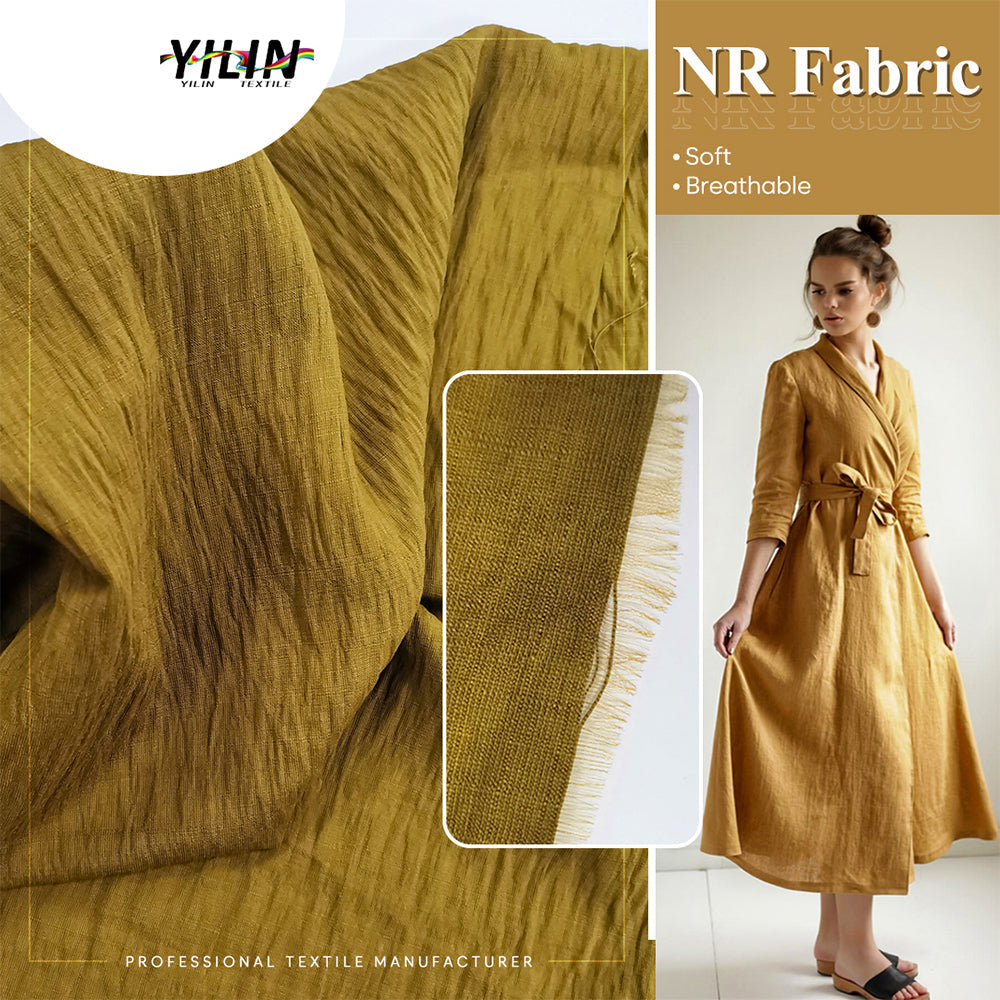As the textile industry evolves, manufacturers must decide which printing technology best suits their needs. Both digital printing and rotary screen printing have distinct advantages and are suited to different production scenarios. Here’s a comprehensive breakdown of the two methods:
1. Process Overview
Digital Printing Fabric:
- Method: Digital printing uses advanced inkjet technology to transfer designs directly onto the fabric. It bypasses traditional screens or plates.
- Technology: Highly computerized, it converts digital files into printed patterns with precision.
- Applications: Ideal for short runs, on-demand orders, and highly detailed, complex images.
- Flexibility: Offers virtually limitless design possibilities and can produce intricate, photo-realistic prints.
Rotary Screen Printing Fabric:
- Method: Rotary screen printing is a continuous process where fabric passes through cylindrical screens. Each screen applies one color per rotation.
- Technology: It is an automated evolution of traditional screen printing, designed for high-volume production.
- Applications: Best suited for large-scale production runs with repetitive, uniform designs.
- Efficiency: Optimized for speed and consistency across long fabric rolls.
2. Customization and Design Complexity
Digital Printing:
- Customization: Excellent for customized, one-off designs due to its on-demand nature.
- Design Complexity: Capable of reproducing fine details, gradients, and full-color photographic images without the need for multiple screens.
- Setup Time: Minimal setup required—designs can be changed quickly via digital files.
Rotary Screen Printing:
- Customization: More challenging for small orders or frequent design changes since each design requires a separate screen.
- Design Complexity: Typically better for designs with solid colors; intricate details may be limited by the screen mesh and registration issues.
- Setup Time: Involves considerable preparation (creating and aligning screens), making it less agile for rapid design changes.
3. Production Efficiency and Scalability
Digital Printing:
- Efficiency: Suitable for low to medium volume production. Fast turnarounds for short runs are a key advantage.
- Scalability: Limited by printer speed and size, but ideal for boutique or customized applications.
- Inventory Management: Enables just-in-time production, reducing inventory costs and waste.
Rotary Screen Printing:
- Efficiency: Highly efficient for high-volume, continuous production. Once screens are set up, it can print large quantities quickly.
- Scalability: Well-suited to mass production; economies of scale are achieved over long production runs.
- Cost-Effectiveness: Lower per-unit cost for large orders, though the initial setup costs can be high.
4. Print Quality and Resolution
Digital Printing:
- Quality: Produces high-resolution images with vibrant color reproduction. The detail is excellent, making it ideal for intricate patterns.
- Consistency: Offers uniform quality over the entire fabric, though variations can occur if the printer isn’t properly maintained.
- Ink Absorption: Digital inks are designed for precise application, often yielding a softer finish on fabric.
Rotary Screen Printing:
- Quality: Delivers durable prints with strong color saturation, especially on fabrics that require vibrant, solid colors.
- Consistency: Provides excellent uniformity across long fabric runs once screens are correctly aligned.
- Durability: The ink used in screen printing is typically thicker, resulting in prints that can be more resistant to washing and abrasion.
5. Environmental Impact and Sustainability
Digital Printing:
- Eco-Friendliness: Generally more sustainable, as it uses less water and fewer chemicals. Waste is minimized because printing is done on-demand.
- Energy Consumption: Modern digital printers are designed to be energy efficient.
- Waste Reduction: No need for screens means less waste from production setup and lower disposal costs for chemicals.
Rotary Screen Printing:
- Resource Use: Traditionally consumes more water and chemicals due to the screen preparation and cleaning processes.
- Waste Production: Higher initial waste from screen production and potential overproduction in large runs.
- Sustainability Improvements: Advances in eco-friendly inks and water-based solutions are reducing the environmental footprint, but challenges remain compared to digital methods.
6. Cost Considerations
Digital Printing:
- Setup Costs: Low initial setup costs make it attractive for small-scale and customized projects.
- Variable Costs: Slightly higher per-unit cost compared to rotary screen printing for large volumes, due to the speed and ink costs.
- Investment: Lower upfront investment, ideal for startups or niche manufacturers who require flexibility.
Rotary Screen Printing:
- Setup Costs: High initial setup costs due to screen creation and alignment. This investment is offset over long production runs.
- Variable Costs: Lower per-unit cost when printing in bulk, making it cost-effective for mass production.
- Investment: Best suited for established operations with consistent, high-volume orders.
7. Industry Trends and Future Outlook
Digital Printing:
- Innovation: Continuous advancements in digital ink formulations and printer technology promise even higher print quality and faster production times.
- Market Growth: The trend toward customization and eco-friendly production is driving widespread adoption in high-fashion and boutique markets.
- Integration: Increased integration with AI and automation for improved efficiency and design precision is expected in coming years.
Rotary Screen Printing:
- Evolution: While remaining a staple in mass production, rotary screen printing is evolving with improved eco-friendly practices and faster screen changes.
- Hybrid Models: Some manufacturers are exploring hybrid systems that combine the durability of rotary screen printing with the flexibility of digital methods.
- Market Stability: Continues to be favored by large-scale manufacturers where consistent, durable prints are required.





Leave a comment
This site is protected by hCaptcha and the hCaptcha Privacy Policy and Terms of Service apply.